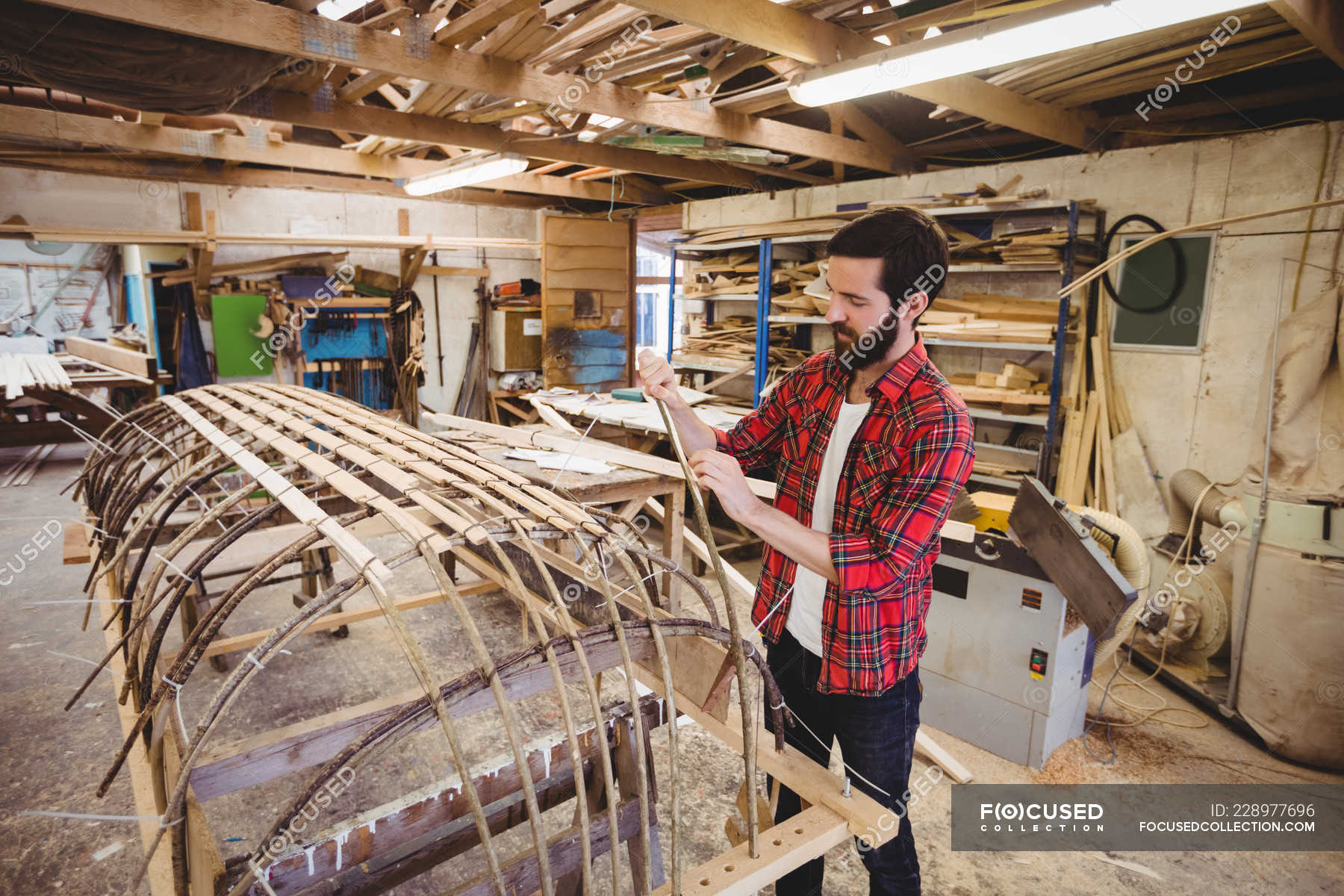
Beyond the Planks: Unveiling the Secrets of Custom Wooden Boat Building
The romance of wooden boats is undeniable. But the reality of crafting a custom vessel is far more complex than simply following a blueprint. This article delves beyond the surface, exploring the rarely discussed nuances of how a professional tackles custom requests, offering fresh perspectives for hobbyists, builders, educators, and woodworking craftsmen alike.
The Unexpected Challenges: Beyond the Blueprint
Building a boat isn't just about woodworking skills; it's about managing expectations, adapting to unforeseen circumstances, and navigating the often-unpredictable nature of natural materials. Let's explore this through a series of questions and answers.
Q: How does a builder handle a client's unrealistic expectations about timelines and budget?
A: Transparency is key. A skilled builder will engage in thorough upfront discussions, translating the client's vision into a realistic plan. This often involves presenting multiple options with varying price points and timelines, backed by detailed breakdowns of materials, labor, and potential delays. For example, sourcing specific, rare timbers can significantly impact both time and cost. A seasoned builder will proactively address these issues rather than burying the bad news later. This approach, based on open communication, minimizes future conflicts and fosters a strong client relationship. Think of it like architectural design â€" there's conceptualizing, budgeting, and then execution. Boatbuilding is no different.
Q: What role does material selection play beyond aesthetics?
A: The choice of wood isn't simply an aesthetic one; it's a structural decision deeply affecting the boat's performance and longevity. While teak's durability is well-known, its cost and sustainability are significant factors. A skilled builder will advise on alternative, equally robust, and potentially more sustainable species, considering the client’s budget and the boat's intended use. Recent research from organizations like the Forest Stewardship Council (FSC) provides valuable data on sustainably sourced timbers, guiding responsible choices. This might involve discussions on the specific properties of different woods, their resistance to rot and marine borers, and the long-term maintenance implications.
The Art of Collaboration: Beyond the Solo Craftsman
The image of a lone craftsman meticulously shaping wood is romantic but often inaccurate. Modern custom boatbuilding is frequently a collaborative process.
Q: How important are specialized subcontractors in the process?
A: Highly specialized skills are often required. This can include riggers (for rigging and sails), engine installers, electrical specialists, and even marine painters. A skilled builder will manage these relationships effectively, ensuring seamless integration of their work and upholding the overall quality of the project. This requires strong project management skills, going beyond the mere woodworking aspects. Think of it as orchestrating a symphony - each instrument (subcontractor) plays a crucial role in the final harmonious product.
Q: How does a builder incorporate client feedback throughout the process?
A: Regular communication is vital. Many builders utilize digital tools like 3D modeling software to allow clients to visualize the boat's progress and offer feedback at various stages. This proactive approach minimizes the risk of costly rework and fosters client satisfaction. This could involve virtual reality tours of the partially completed hull, allowing the client to “walk through†their future boat long before launch. Such technologies are increasingly accessible, bridging the gap between designer and client.
The Future of Custom Wooden Boat Building: New Perspectives
The field is evolving, driven by technological advancements and a growing awareness of sustainability.
Emerging trends include:
- Increased use of Computer-Aided Design (CAD) and Computer-Aided Manufacturing (CAM): This allows for precise cutting, reducing waste and improving accuracy.
- Exploration of new, sustainable materials and construction techniques: This includes experimenting with composite materials alongside wood, reducing reliance on traditional, potentially unsustainable timbers.
- Focus on eco-friendly finishes and coatings: Minimizing the environmental impact of the final product is becoming increasingly important.
Building a custom wooden boat remains a demanding yet rewarding undertaking. By understanding the often-unspoken challenges and embracing innovative approaches, builders and clients alike can embark on a journey resulting in a truly unique and lasting masterpiece.








No comments:
Post a Comment